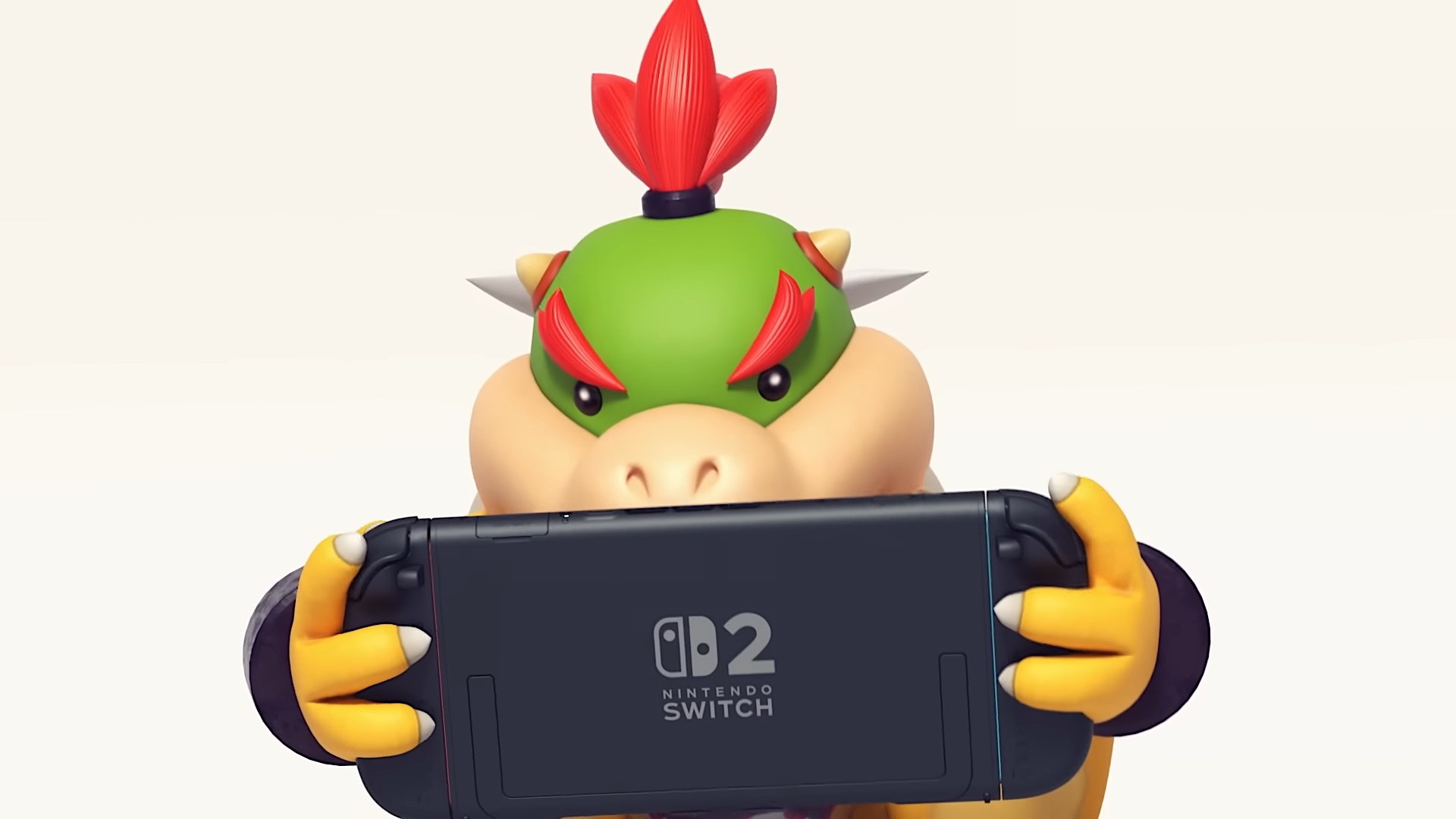
Exactly one year ago, I found myself so bored that I decided to calculate just how much I was using each gaming platform I owned. The results weren’t surprising: Despite thinking of myself as a proper console player, I found that I was using my Steam Deck to run more than 50% of the games I’d played so far that year. The Nintendo Switch was at a distant second, while my PS5, Xbox Series X, and proper PC lagged behind. It was a sign that Valve’s big bet on portable gaming was custom built towards my shifting habits.
Now, a full calendar year later, I’ve hardly even booted up my Steam Deck OLED in a month. The Nintendo Switch 2 is to blame for that.
OK, that’s not exactly a stunner. We’re only one month into the Switch 2’s lifespan, which means that it’s a bouncing baby in console years. It’s only natural that one would want to get as much mileage as possible out of a shiny new toy right out the gate. I’ve escaped Nintendo Switch 2 Welcome Tour’s pop-quiz hell, conquered the underrated Fast Fusion, and played so much Mario Kart World that I’m now deep in time trial mode. It’s a classic honeymoon phase, one that will likely last through July as Donkey Kong Bananza takes my attention next.
But something tells me that the Switch 2 isn’t going to fade out of my rotation anytime soon. That’s because the few times that I’ve tried to go back to the Steam Deck in the past month have reminded me just how much the early, experimental nature of handheld PCs drives me up a wall sometimes. After my first week with Switch 2, I tried to pop back to both my Steam Deck and SteamOS-loaded Legion Go to play a few games that weren’t yet on Nintendo’s console. I was met with immediate friction. I loaded up the recently released Tron: Catalyst and was met with dreaded color bars. Other games would just turn my entire screen black, demanding a forced reboot. After struggling to get three Steam Next Fest demos running right, I retreated back to my Switch 2.
The more the world disintegrates around me, the more I want my silly little racing games to just work.
This isn’t a new frustration, but rather one that feels more pronounced now. The Steam Deck has had me occasionally tearing my hair out since my first day with it. It was a buggy piece of hardware back in 2022 and it still has some quirks that Valve has yet to work out. Sometimes I wake mine from sleep mode and find that the volume is capped at halfway, forcing me to reboot it. My girlfriend has the opposite problem, where it’ll often kick up to max volume out of nowhere every time she turns it on. Some days I turn it on and the performance overlay has decided that it wants to be on and there is no way to get it off screen. Other days, Linux just stops working. Even three years after its release, it’s always something new with the temperamental tech.
I put up with the quirks because Steam Deck was ultimately meeting the baseline demands on my hierarchy of gaming needs. It gave me the flexibility that only the Switch could offer, but with added horsepower that bumped it up a tier. With the Switch 2 now meeting the Steam Deck in terms of power, finally able to run a wider swath of modern games that its predecessor could never dream of, I’m now moving into the third stage of my needs chart: reliability. I’ve yet to run into some unpredictable hardware bug with my Switch 2 yet that forces me to reboot the system or reload a game several times until it works. Not a second of my gaming time has been lost to troubleshooting yet. The more the world disintegrates around me, the more I want my silly little racing games to just work.
That’s not to say that the system doesn’t have any early bugs; compatibility issues with old games, sleep mode quirks, and more issues have been reported in its first month on the market. No gaming device is immune from being a pain from time to time. Handheld TVs are a different breed of diva, though. The tech space is still incredibly young and experimental. Hardware manufacturers are still trying to figure out how to cram the benefits of a gaming PC into a convenient form factor. Companies like Valve have done an exceptional job with their first wave of devices, but we’re still very much in a wild west era where every boot up is like spinning a roulette wheel. What’s it going to be today? Screen doesn’t turn on? Great, let’s try again.
I don’t know that the Switch 2 will have the upper hand for long. Rapid iteration means that devices like the Legion Go are getting more viable with each upgrade. The ROG Xbox Ally X may solve the problems that have plagued handheld Windows devices while offering a ridiculous amount of power (so long as you can actually hold the thing). When Valve finally graces us with a Steam Deck successor, I imagine that the Switch 2 will immediately feel archaic.
That’s the nature of gaming tech; live long enough and see yourself become a Reddit punching bag. Until that inevitable day comes, though, I plan to keep my Switch 2 as my go-to gaming device for a while. Even if that means a lot of battery charges in my future.
